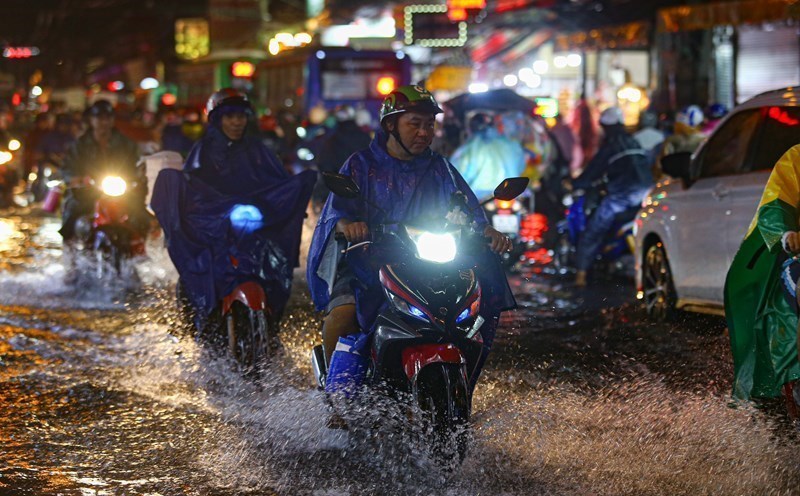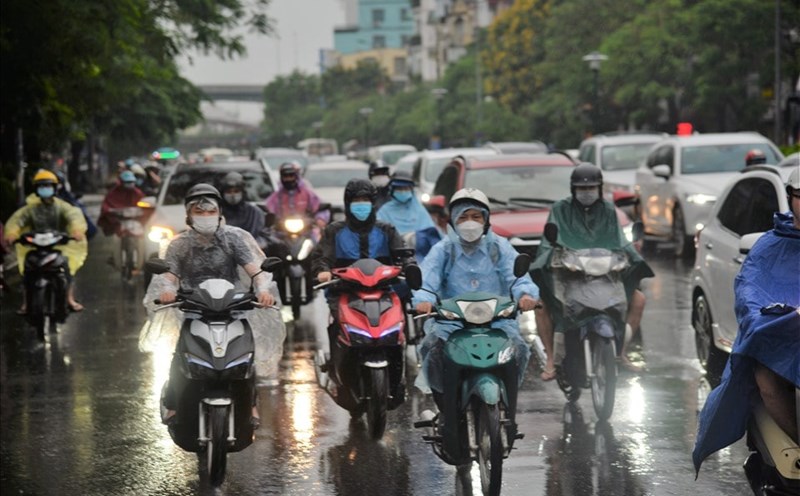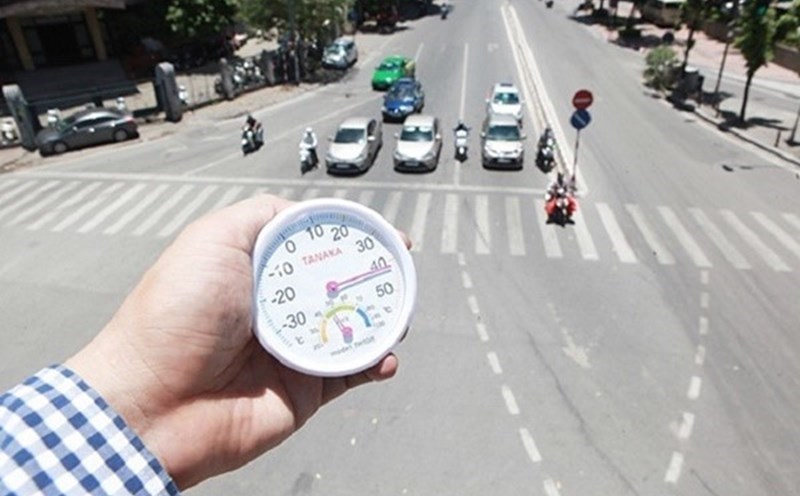According to the National Center for Hydro-Meteorological Forecasting, on July 29, in the North, the area from Thanh Hoa to Da Nang, the east of the provinces from Quang Ngai to Dak Lak and Khanh Hoa will have hot weather, some places will have severe heat with the highest common temperature of 35 - 38 degrees Celsius, some places will be over 38 degrees Celsius.
Some monitoring stations recorded high temperatures: Yen Chau station (Son La) 39.1 degrees Celsius; Lao Cai station 38.2 degrees Celsius; Bac Me station (Tuyen Quang) 39.6 degrees Celsius; Cho Ra station (Thai Nguyen) 38.3 degrees Celsius; Lang station (Hanoi) 38.2 degrees Celsius; Hoi Xuan station (Thanh Hoa) 38.1 degrees Celsius; Cam Ranh station (Khanh Hoa) 38.5 degrees Celsius... The lowest relatively humidity is generally 55 - 60%.
On July 30, the Northern region, Thanh Hoa, Nghe An, the East of the provinces from Gia Lai to Dak Lak and Khanh Hoa will continue to have hot weather, some places will have severe heat. The highest temperature is generally 35 - 38 degrees Celsius, in some places above 38 degrees. The lowest humidity is generally 55 - 60% Celsius. The time of hot weather in the North is from 11 - 17 hours; in other areas is from 11 - 16 hours.
On July 31, the Northern Delta, Thanh Hoa to Da Nang, the East of the provinces from Quang Ngai to Dak Lak and Khanh Hoa will have hot weather, some places will have severe heat with the highest temperature commonly 35 - 37 degrees Celsius, some places will be over 37 degrees Celsius. The lowest relatively humidity is commonly 55 - 60%.
Other places in the North will have local heat, the highest temperature in some places is over 35 degrees Celsius. The hot weather is from 11 - 16 hours.
From the evening and night of July 31, the North is forecast to have scattered showers and thunderstorms, with some places having heavy rain.
From August 1, the hot weather will end in the Northern region; meanwhile, the hot weather in the Central region is likely to last for many days to come.
The meteorological agency warns of the risk of natural disasters due to heat at level 1. Due to the influence of hot weather, some places are experiencing severe heat combined with low humidity in the air, so there is a high risk of fire and explosion in residential areas due to increased demand for electricity, along with the risk of forest fires.
In addition, hot weather can also cause dehydration, exhaustion, and stroke due to heat stroke in the human body when exposed to high temperatures for a long time.
The National Center for Hydro-Meteorological Forecasting noted that the forecast temperature in hot weather reports and the actual outdoor temperature may vary by 2 - 4 degrees Celsius, or even higher, depending on buffer conditions such as concrete and asphalt roads.











